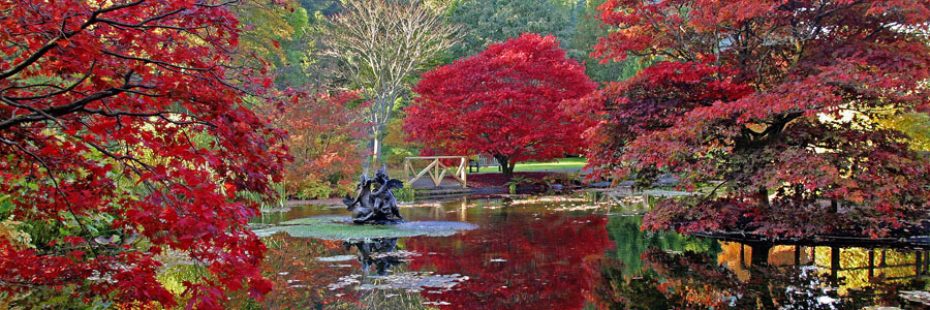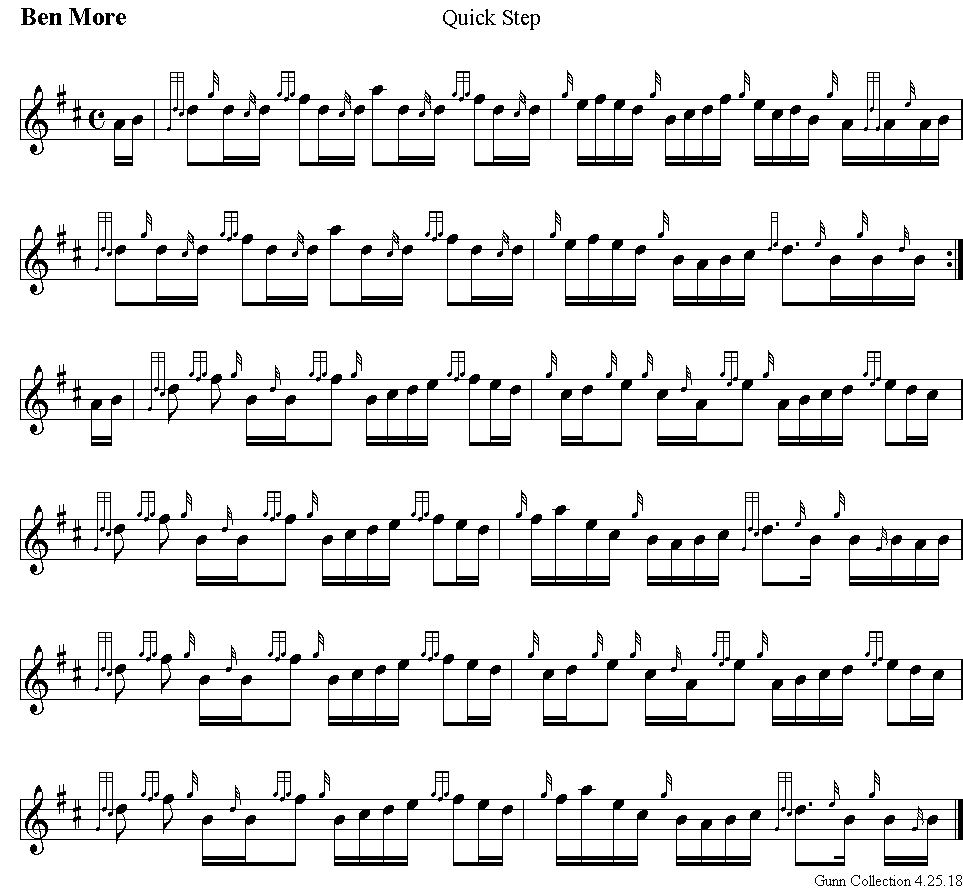|
Ben More (Scottish
Gaelic:
A' Bheinn Mhòr, meaning "the great mountain") is a
mountain in the southern Highlands of Scotland, near Crianlarich.
It is the highest of the so-called Crianlarich Hills to the
south-east of the village, and there is no higher land in the
British Isles south of Ben More. It is separated from
Stob Binnein
by the Bealach-eadar-dha Beinn,
meaning "col between two hills".
Ben More's north side
contains a long-lasting snow patch, which – uniquely in the
Southern Highlands – is named on a Ordnance Survey map, and is
called the Cuidhe Chrom (crooked
wreath), on account of the shape it forms in late spring/early
summer. This patch frequently lasts until well into June and
sometimes July. The similar name Cuidhe Cròm
appears as a summit near Lochnagar.
A webcam located at the
eastern edge of Crianlarich captures Ben More. It provides
updates every 10 minutes. See
http://www.benmorewebcam.co.uk
Benmore Botanic Garden;
formerly known as the Younger Botanic Garden, is situated at the
foot of Ben More. The area once called "Innasraugh", meaning
"the sheltered valley", was part of the hunting grounds of the
Dukes of Argyll, and belonged to the Campbells of Ballochyle. It
was reached by a ford across the River Eachaig at Uig, near
modern Eckford house.

Around 1820, Ross Wilson introduced tree
planting with the first known coniferous plantation of forest
trees in Cowal. In 1849 the estate was bought by John Lamont, a
wealthy sugar planter in Trinidad who had emigrated from Toward
(near Dunoon) 48 years earlier. He arranged replacement of the
previous manor house with the larger Benmore House, but died in
1850, a year before the house was completed. His nephew James
Lamont inherited the estate, but then sold it and it went to
various other owners in succession.
Benmore Estate was bought in 1862 by James
Piers Patrick, a wealthy American who carried out extensive work
to the house, including construction of the tower. He developed
the garden, and in 1863 planted the Redwood Avenue of Giant
Sequoias.
In 1870 the Greenock sugar refiner and
philanthropist James Duncan bought Benmore Estate, which he
extended to include the adjacent Kilmun and Bernice Estates. He
arranged extensive plantings in the grounds, including more than
six million trees around the estate, and added paths leading up
a ravine to the south on the east side of the road, making
Puck's Glen a scenic attraction. He extended the east wing of
the house with a gallery to house his major collection of
paintings: during the summers of the summers of 1881 and 1882,
these were seen by more than 8,000 visitors. In 1889 he had to
sell his assets, including Benmore.
Henry Younger of the Edinburgh brewer
Younger's bought the estate in 1889, and with his son Harry
George Younger made many improvements to the woods and gardens,
with 40 staff employed to carry out maintenance. They introduced
many exotic shrubs and trees, and also demolished the gallery
and conservatory at the house. In 1924 Harry George Younger
gifted the estate to the nation for science and education
purposes: the Forestry Commission took over most of the
woodlands. In commemoration of the improvements James Duncan had
made to the estate, Younger provided a hut for Puck's Glen, to a
special design by Sir Robert Lorimer, and "Puck's Hut" was
dedicated to the memory of the botanist Sir Isaac Bayley
Balfour.
The Royal Botanic Garden
Edinburgh (RGBE) was looking for a place to take the large
collection of plants which the botanist George Forrest had
brought from China, and the high rainfall at Benmore was ideal.
In 1929 the Younger Botanic Gardens were opened as the first
outstation of the RGBE. In the 1930s the Forestry Commission
established Kilmun Arboretum, to try out tree species in the
humid climate conditions, planting large groups of trees rather
than individual specimens. Benmore house was used by the
Forestry Commission for apprentice training, then in 1965
Edinburgh Corporation took it over as a schools outdoor
education center.
 |



